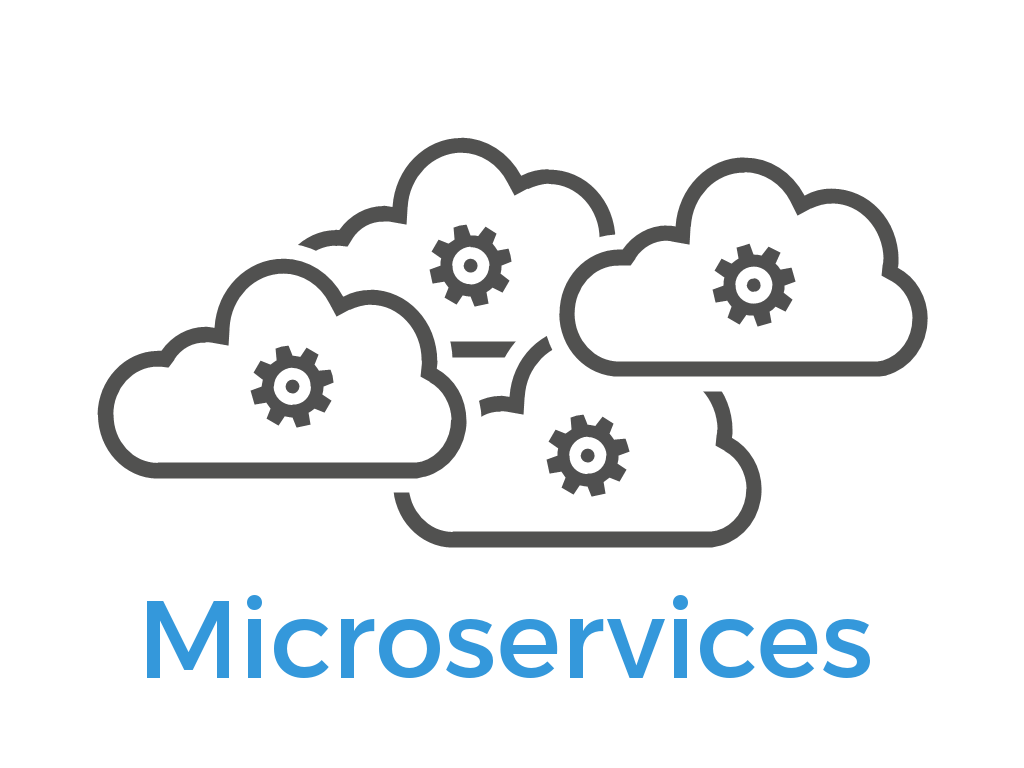How big a microservice should be without pizzas

Note: This article discusses microservices as a whole, not on bounded context (DDD) level. Also note that how big/size are just layman terms, the real intention here is complexity.
Why care about microservice complexity ?
For multiple reasons one could be orphaned projects, another being afraid of ending up with being another monolith, or even incidental architecture complexity.
There are many tools like analysis tools and techniques for tackling code complexity, yet most of us don’t know when it’s worth time and money to split a service or make critical changes.
It’s a Problem of measurement
Some teams use the two-pizza rule from Amazon to estimate the team size, and then based on the team size they decide how many and more importantly which microservices could that team handle and that decision is usually based on the power players opinions ( aka seniors, architects etc), Other teams use previously mentioned code analysis tools or even line counts. The issues here are:
- Code complexity is very relative, it’s a good indicator but never a reliable one, you simply can’t say if the complexity is x then we chop the microservice into halves
- Lines of code are never a measurement of complexity, take code written in scala or C++ for example, it’s short but can drive you crazy
- Your team members are already experts (they’re probably the ones who wrote it), their opinion is definitely valuable but still relative to their knowledge and if they say it’s 6/10 complex you don’t know if that’s actually 6 or 9.
So, You need to define a good constant that is measurable, and then you have your unit of measurement.
Measurement according to wikipedia is the numerical quantitation( 1) of the attributes(2) of an object or event(3), which can be used to compare with other objects or events.
Quantitation is the act of quantifying
Quantifying is discovering or expressing the quantity of something.
So we have a microservice as our object(3), we need to define its quantifiable(1) attributes(2) aka discovering microservice attribute(s) that’s measurable with a natural unit.
1.0 Microservice as an object, not a subject
Your microservice isn’t just an executable file it’s a complete ecosystem that an engineer touches daily; from CI/CD cycles to technology stacks, not to mention your programming language choice and how well documented is your microservice. All these are factors which contribute to the complexity of the service.
2.0 Microservice quantifiable attribute
Since complexity in our case isn’t a measurable quantity, we go back to the basics which are “business needs”.
The basic need here is how fast (in average) in reality people get to understand and be able to fully maintain and operate the service from zero knowledge, versus our expectations. That percentage is crucial.
3.0 Measure it
Nobody can measure the unknown, Can you measure the unknown or come up with perfect time estimation methods, but we can try to come as much closer as we possibly can.
Knowing the attribute from previous section (time to understand) we have a couple of angles:
- Stakeholders expectation of new joiners understanding time Vs the actual average time on a random selected set
- Stakeholders expectation of other team members understanding time Vs the actual average time on a random selected set
- What’s the expected quorum of people maintaining such service according to its risk or impact, taking into consideration the bus factor of course Vs how many are actually there.
- What’s your turnover rate?
There’s no secret magical function to put the previous numbers in, in order to get a number or yes/no answer, but the good news is that you can come up with your own according to the team/org risk analysis or simply toleration.
So next time someone asks you how big should this microservice be or should we refactor this microservice, the answer would be How long are we willing to give time for someone to understand it ?
With the previous you’d also be able to:
- transparently communicate and manage the stakeholders expectations
- make wise decisions regarding your team capabilities and services as in:
- What you need next, (e.g Service y is higher risk, should we refactor or increase knowledge)
- What technologies should I increase in the team based on risk factors not based on lack of knowledge.
From my humble experience that consisted of lots of failure, I found the previous approach to be very helpful when a service is constantly growing and specially horizontally (new unique and complex features added), which means added complexity.